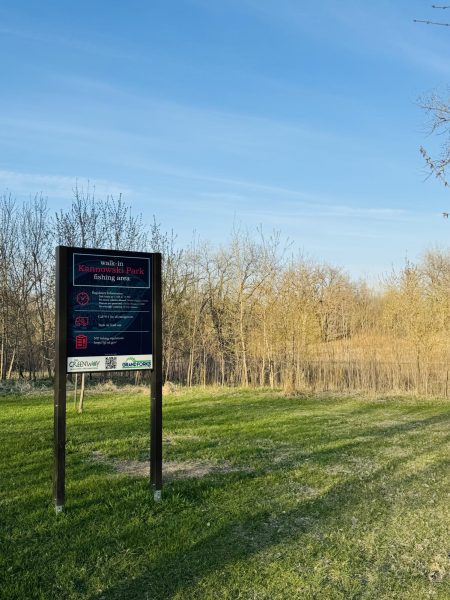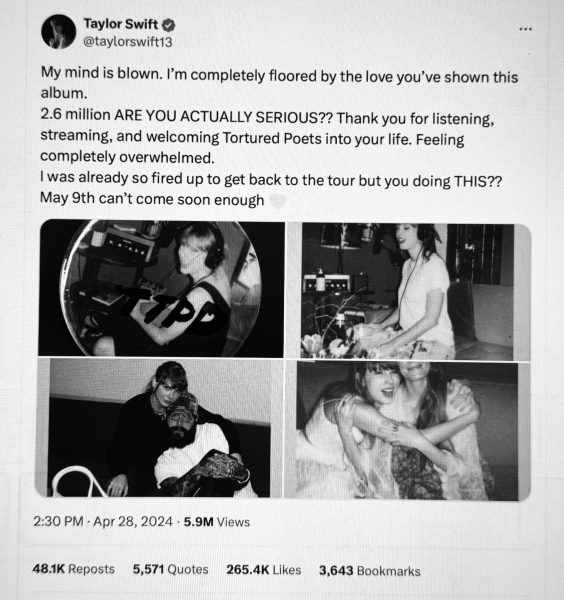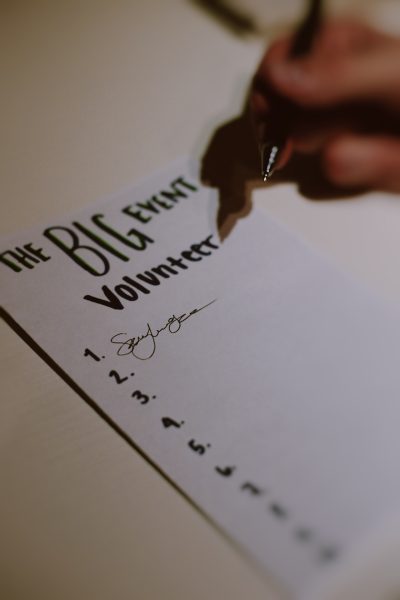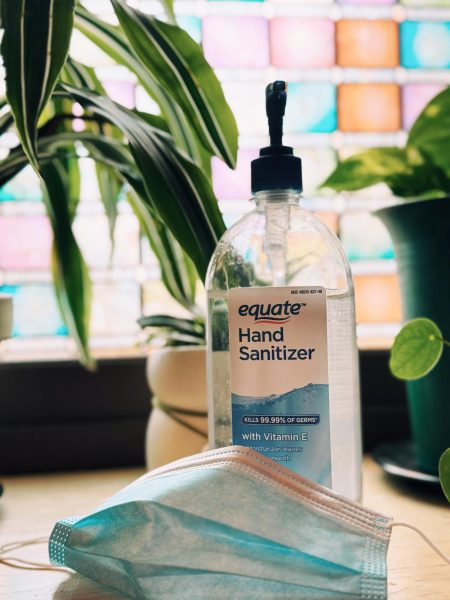How To Actually Apologize
March 7, 2022
With the ongoing presence of cancel culture, especially in regards to celebrities and social media influencers, there have been half a million public apologies. But how do we know if these apologies are really genuine or not? There is a blatant difference between a real apology and a not-so-real one. There are also a few minor differences between spoken word vs written apologies. So how can we recognize this difference and confront these issues? How can these insincere apologies affect us coming from people we are close to? How can we actually apologize and make it count?
I have classified myself as the apology expert. If only because I feel like I am frequently apologizing for things that are beyond my control or very minor mistakes I have made. Over the past year, I have come to do this less because I realized that I was only doing it out of insecurity. However, that did not make those apologies any less genuine. So, what makes an apology fake? And what makes an apology real? There are a handful of ways to recognize this. Here are the top four ways to spot a fake or insincere apology:
- It’s all about tone:
The easiest way to recognize if an apology is sincere or not is in the tone of voice. However, it seems that apologies within the public eye have recently taken the form of social media posts or written statements. The tone of these statements can be incredibly hard to pick up on via written word. A lot of people may opt for this written form of apology because they might be able to get away with not being sincere. Spoken apologies also carry body language and tone lies within those actions as well. An eye roll, an exaggerated sigh, or even crossed arms may convey someone’s true sentiments.
- Playing it off as weakness:
Whoever you are seeking an apology from might try to make you feel weak for wanting such. Making statements such as, “I’m sorry If I upset you,” or, ‘It wouldn’t be a big deal if it happened to me.” These phrases often come across as dismissive and aim to undermine the person pursuing an apology.
- Manipulation Central:
At times fake apologies are courted by the intent to manipulate the offended into getting something the offender wants out of them. They may use phrases such as, “I will apologize, if…” meaning that they will only say they are sorry if you do something in return. Manipulation can come in the form of them attempting to intimidate or bully the other person.
- Narcissism strikes again:
A telltale sign of a fake apology is when someone makes it about themself. This can occur in the form of them defending their own actions rather than taking responsibility for them. They may shift the blame on you or make excuses. They might say things like, “I am sorry but this your fault,” or “ you forced my hand.” Making you into the villain and again denying their behavior. This is a sign that they are not willing to do anything to change their behavior. They do not respect others emotions or perception of them.
The different between a real apology and a not-so-real one is that a legitimate apology will genuinely recognize the issue. This leads to them to work towards reconciliation and make actual changes. It’s about action vs reaction. A real apology does not make excuses, and will not make one sided statements that vilify either person.
Demetria Slyt is a Dakota Student General Reporter. She can be reached at [email protected].












